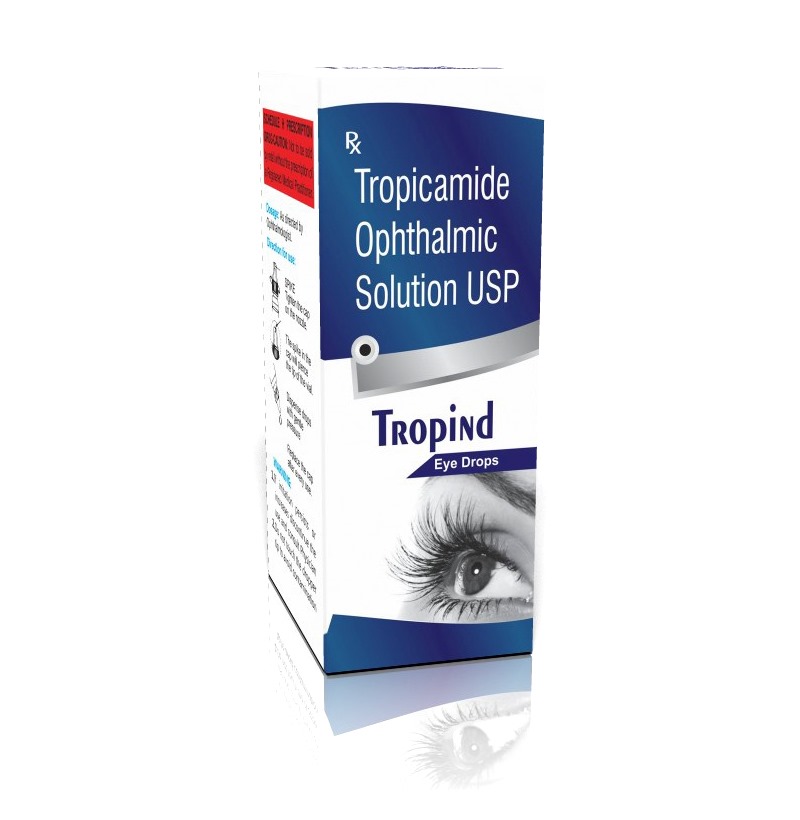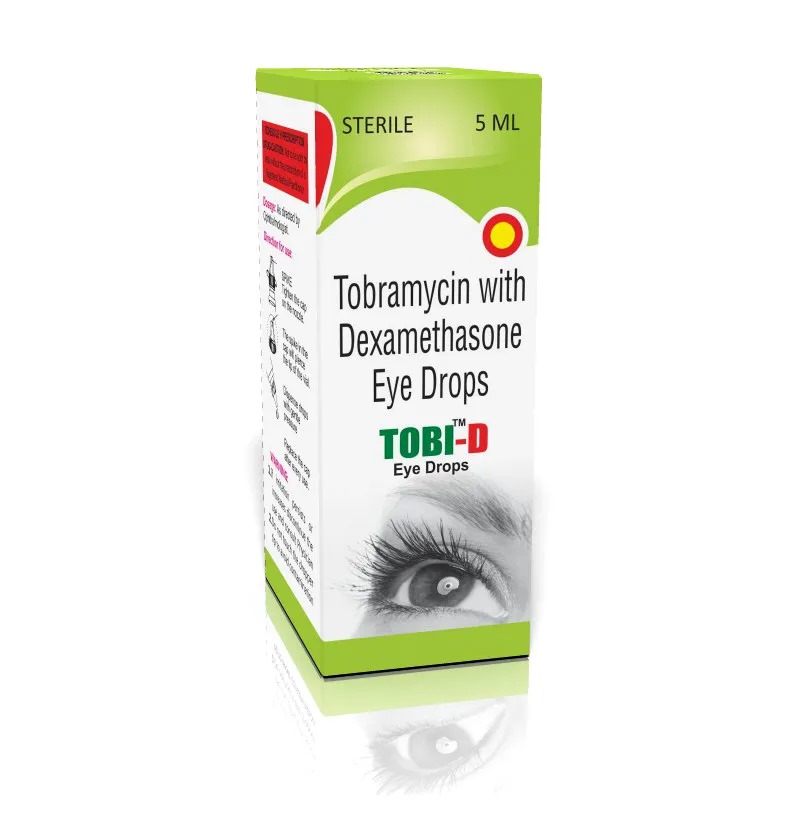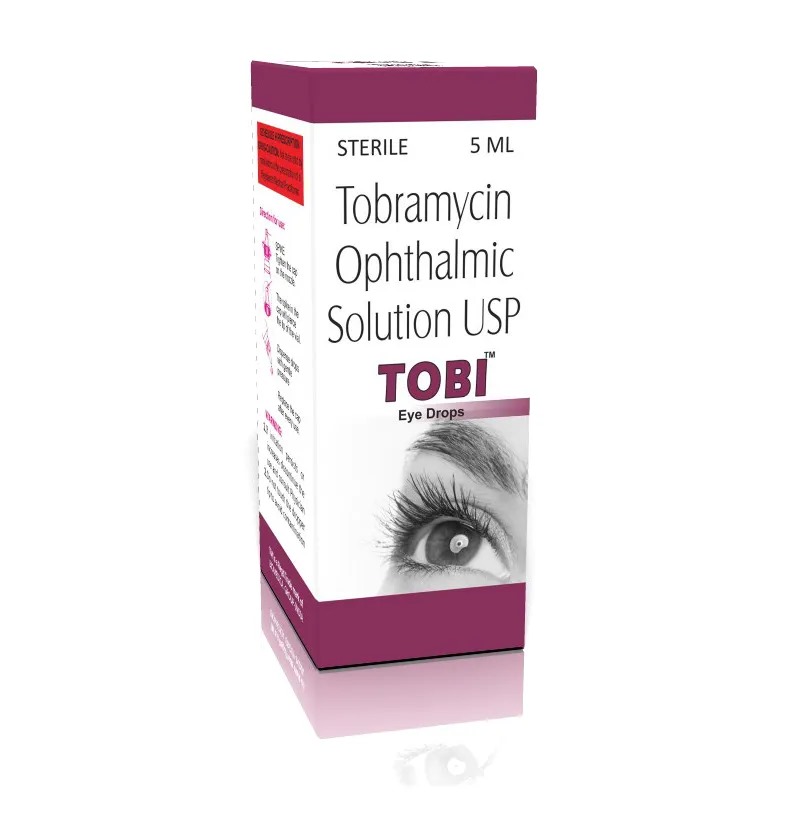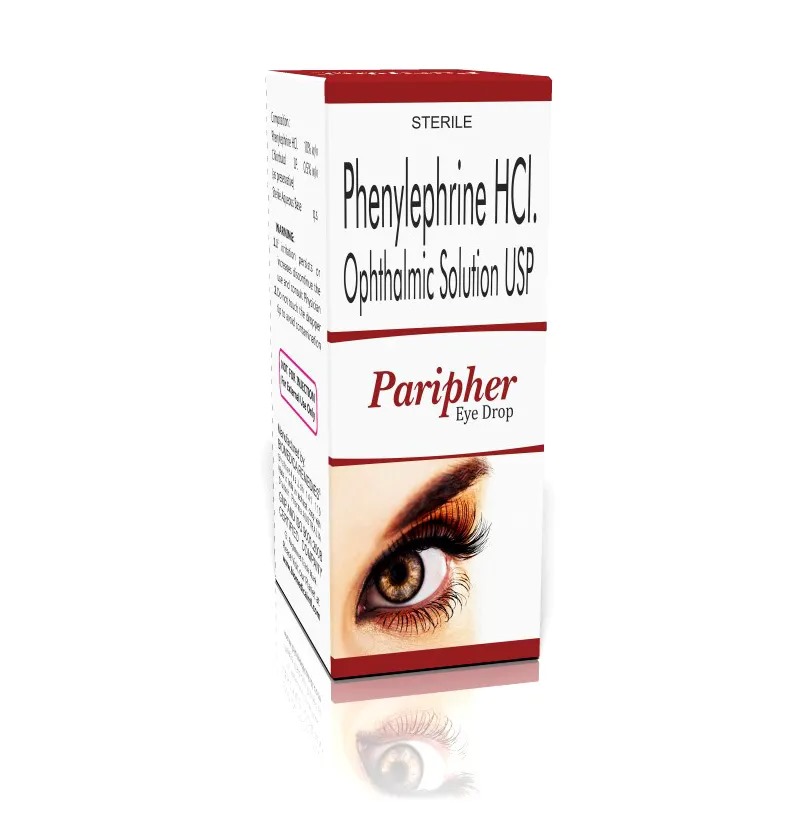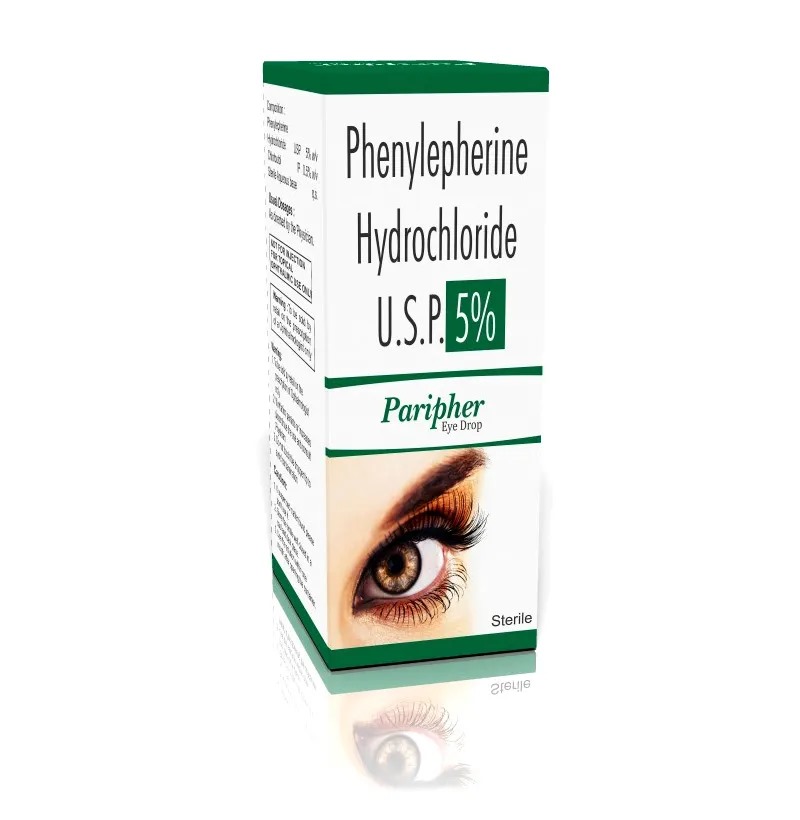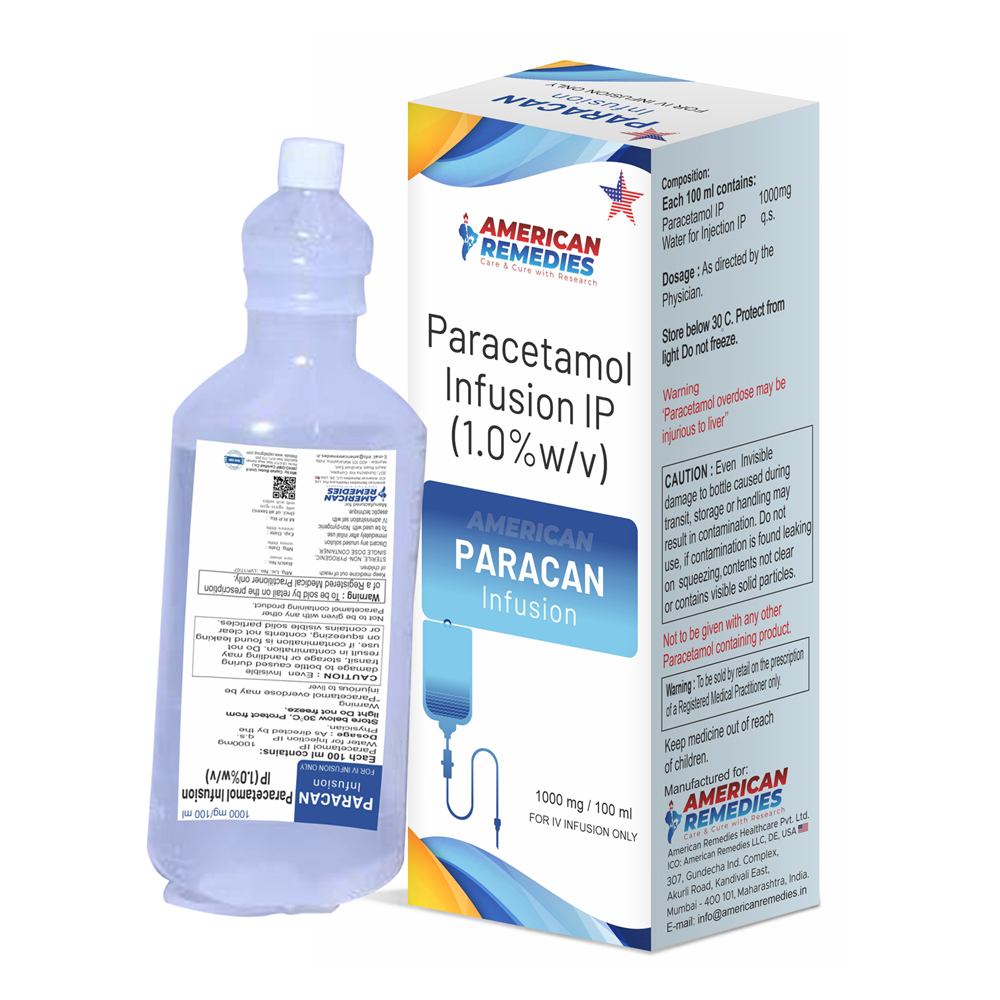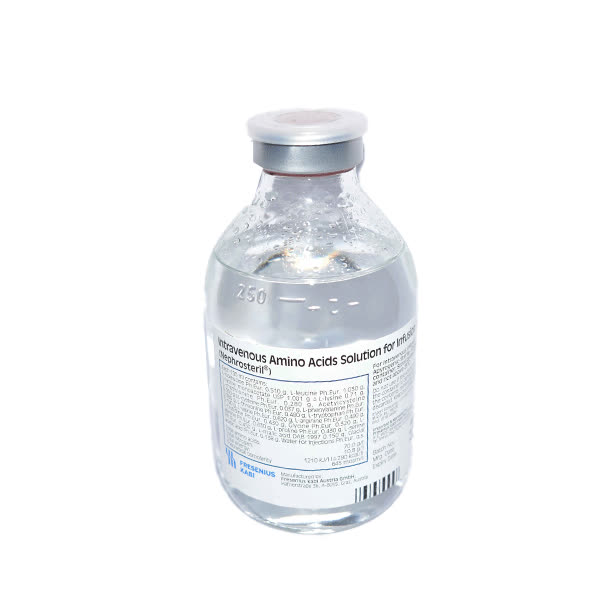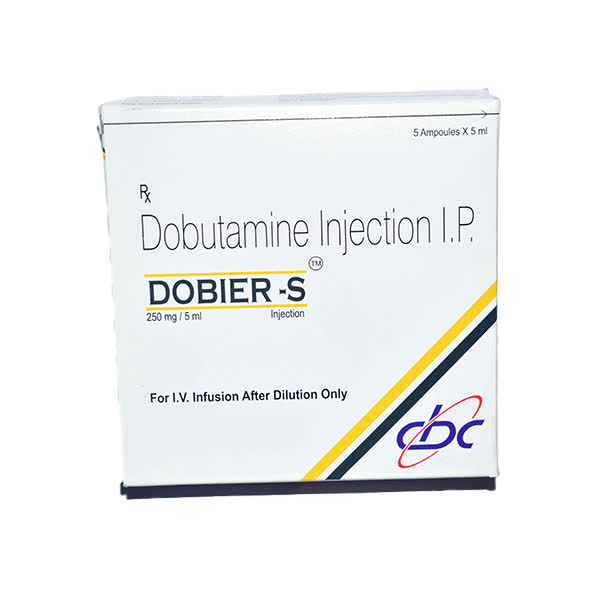Heart Disorder
Dobier S 50mg Injection
Salt: Dobutamine (50mg)
INTRODUCTION ABOUT DOBIER S 50MG INJECTION
DOBIER S 50MG INJECTION contains Dobutamine which belongs to the group of medicines called Cardiac Stimulants. It is used to improve heart functions. It restores heartbeat and blood pressure to normal levels among patients undergoing open heart surgery and in patients having heart failure or any other severe heart conditions that reduces heart rate (such as shock or cardiomyopathies (enlargement of heart muscles)).
It can also be used as an alternative to exercise during stress testing (a procedure used to detect heart problems). DOBIER S 50MG INJECTION is suitable for use both in adults and in children (including infants).
Before receiving DOBIER S 50MG INJECTION inform your doctor if you have asthma or any other respiratory disorders. You must also inform your doctor if you have any allergic conditions or low blood volume as a precaution.
DOBIER S 50MG INJECTION is not suitable for stress testing in patients having any heart or blood vessels disorders that hinder blood flow. It is also not recommended for use in pregnant and in breastfeeding women unless considered necessary by the physician.
The most common side effects of receiving DOBIER S 50MG INJECTION are fast heartbeat, headache, high or low blood pressure, shortness of breath, inflammation at the injection site, nausea and urge to pass urine. Consult your doctor if any of these side effects worsens.
USES OF DOBIER S 50MG INJECTION
Improves heart functions by restoring normal heartbeat and blood pressure
Manage heart failure
Manage shock (cardiogenic or septic shock)
Manage any heart conditions that may result in poor circulation around the body (such as cardiomyopathies, open heart surgery)
Used as an alternative to exercise during stress testing
HOW DOBIER S 50MG INJECTION WORKS
DOBIER S 50MG INJECTION is a cardiac stimulant. It stimulates the heart and improves heart functions. It helps your heart to work more effectively by strengthening the pumping action of the heart. It also improves blood circulation around the body by expanding the blood vessels present all over the body.
DIRECTIONS FOR USE
DOBIER S 50MG INJECTION will be given only by a doctor or by a trained healthcare professional into the vein (intravenously).
Your doctor will decide the correct dose, duration of therapy and site of administration for you depending upon your age, body weight and health condition.
SIDE EFFECTS OF DOBIER S 50MG INJECTION
COMMON
increased heart rate
chest pain
abnormal heartbeat, palpitations
high or low blood pressure
narrowing of the blood vessels
headache
wheezing, shortness of breath
increase in WBC count in blood
increased bleeding tendency
urge to pass urine
nausea
skin rash
fever
inflammation at the injection site
HOW TO MANAGE SIDE EFFECTS
Headache:
Try to take rest. Apply a pain-relieving balm on your forehead. If the symptom does not improve, consult with your doctor.
Nausea:
Stick to simple meals. Avoid eating oil rich or spicy foods. Consult your doctor if your symptom worsens.
Skin rash:
Avoid hot showers because hot water can irritate your skin further. Do not scratch the affected area. Use protective clothing when going outdoors. Regularly moisturize your skin. Consult your doctor if your skin rash worsens.
Inflammation at the site of injection:
Place an ice pack on the injected site. Do not move the affected area frequently. If the symptom worsens, consult your doctor.
WARNING & PRECAUTIONS
PREGNANCY
DOBIER S 50MG INJECTION is not recommended for use in pregnant women unless considered necessary by the physician. Therefore, inform your doctor before receiving this medicine if you are pregnant or think you may be pregnant or planning to have a baby.
BREASTFEEDING
DOBIER S 50MG INJECTION is not recommended for use in breastfeeding women. Therefore, inform your doctor before receiving this medicine if you are breastfeeding.
DRIVING AND USING MACHINES
Do not drive or operate any machines if your ability is affected by DOBIER S 50MG INJECTION.
ALLERGY
Do not receive DOBIER S 50MG INJECTION if you are allergic to Dobutamine.
LUNGS
DOBIER S 50MG INJECTION should be used with caution in patients with asthma or any allergic or respiratory conditions. Therefore, consult your doctor before receiving it.
HEART DISEASE
DOBIER S 50MG INJECTION is not recommended for use in patients who have narrowing of blood vessels supplying the heart (coronary artery stenosis) or other heart disorders. It should be used with caution in patients with other heart problems (such as coronary artery disease, or acute heart failure). Therefore, consult your doctor before receiving it.
OTHERS
DOBIER S 50MG INJECTION is not recommended for use if you:
have low blood volume (hypovolaemia)
have any disorders in the blood vessels that hinders blood flow
Before receiving DOBIER S 50MG INJECTION, inform your physician if you:
Send
Message
